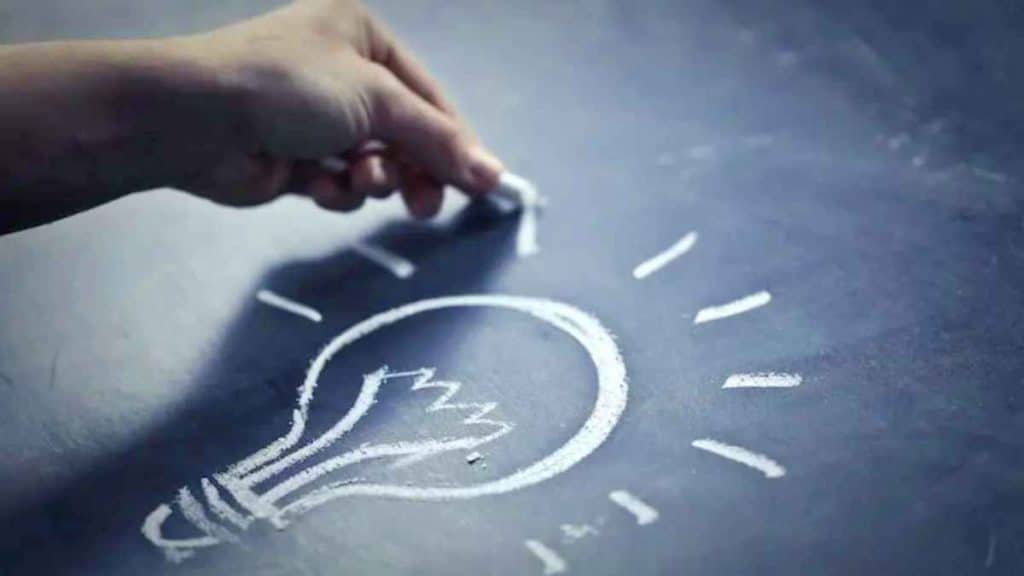For centuries, inventions and innovations have been the lynchpin of progress in our society. And as science and industry have advanced, more gifted minds have aimed to benefit society by thinking of new ways to make life easier for everyone. However, as the adage says, “Great minds think alike.” Through no fault of their own, aspiring inventors and entrepreneurs may put forth ideas that have already been patented by other individuals who have followed the same line of thought. Because our society protects intellectual property through the patent system, inventors should take care not to claim ideas already credited to others. The legal consequences for patent infringement can result in severe monetary penalties or even jail time in the worst cases.
In the interest of protecting intellectual properties without stifling innovation, inventors should have tools and resources that can help them determine if their ideas are already patented. The most obvious solution to this challenge is checking the U.S. Patent and Trademark Office if you conduct business in the United States. You can search for ideas similar to yours using phrases related to your concept. You can also browse images and applications from the entire history of the Patent and Trademark Office. You’ll be able to find copies of patents dating back as far as 1790.
If you operate mainly outside of the United States, you can look for international patent services such as the World Intellectual Property Office (WIPO), which allows applicants to file patents in multiple countries at once. Applicants who file patents with the WIPO can patent their idea in any of the 153 countries that have signed the Patent Cooperation Treaty (PCT). In cooperation with the PCT, aspiring inventors can request an International Search Report (ISR) to ascertain if their idea can be patented in specific countries.
Aspiring inventors and entrepreneurs can also use helpful tools such as IDiyas.com, a website that tracks hyperlocal inventions and patent insights all throughout the world. Not only does IDiyas track patent statistics, but it also provides a platform for inventors to gain well-deserved recognition for their tireless efforts, intelligence, and creativity. IDiyas provides inventor rankings for specific geographical locations, showing users which innovators are revolutionizing their respective industries. Users will also get a better understanding of inventors’ specialties and areas of expertise, which can help new inventors avoid infringing on competitors’ patents. Browsing inventor profiles can also help facilitate collaborations between inventors in the same fields.
A good patent attorney is another necessity for new inventors. Experienced patent attorneys can help inventors avoid infringing on someone else’s patent through their knowledge of patent law and expertise in navigating the bureaucracy of patent offices. If you’re already set on filing a patent, a patent attorney can also help you use the right language to protect your own patents in court. Patent documents’ wording must be very precise since one word can change a patent’s meaning completely. By hiring the right attorney for your invention, you can ensure that you will be in the right position to benefit from your invention and prevent others from infringing on your intellectual property.
With the right preparation and research, you can make sure your journey toward becoming the next great inventor is free of hassles and unwelcome surprises. Protecting your own patents and avoiding patent infringement is the first step to ensuring financial stability and the freedom to keep pursuing new ideas. Make sure you hire the right personnel and look through all relevant databases before you bring your newest invention to the masses.

